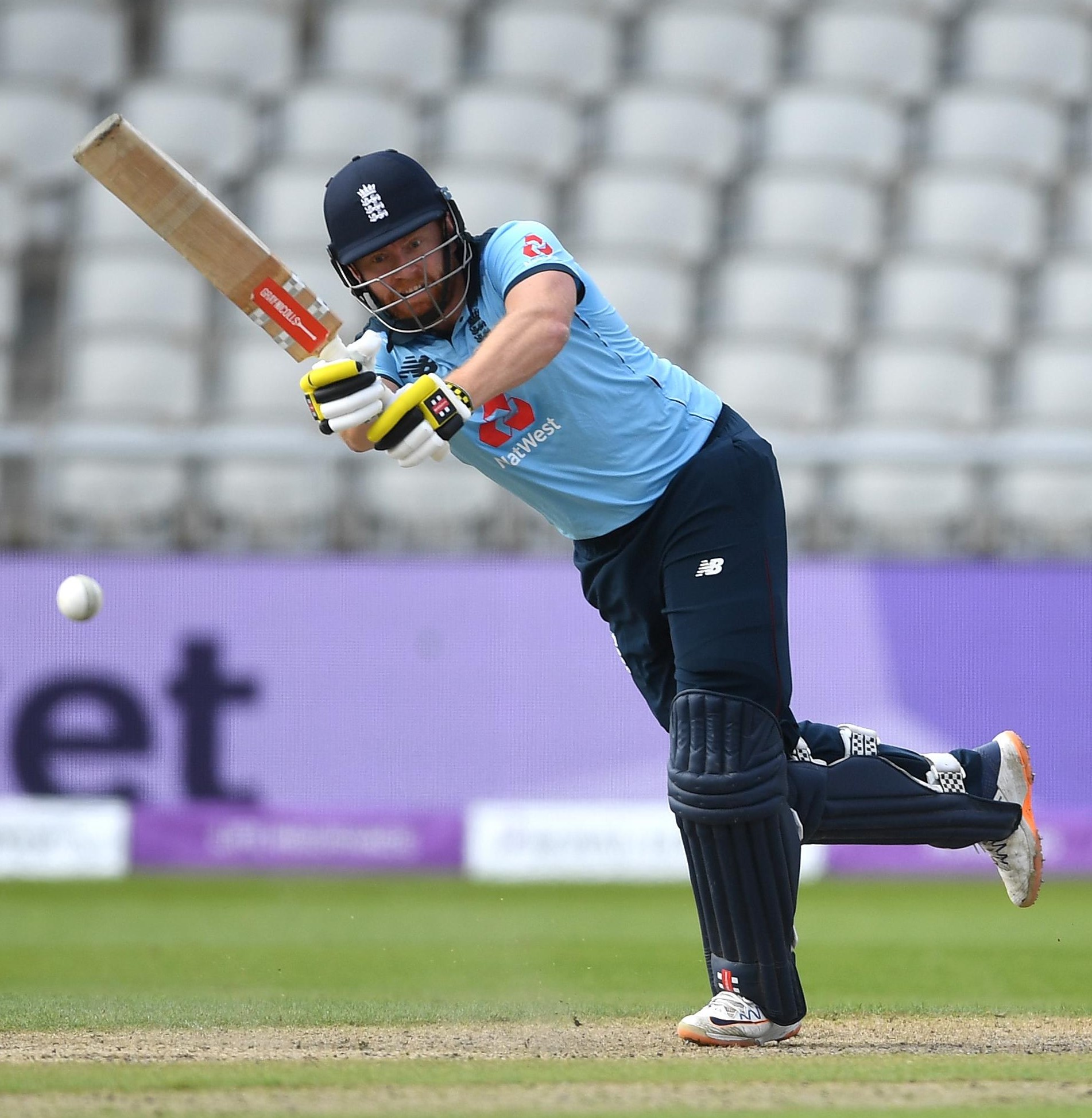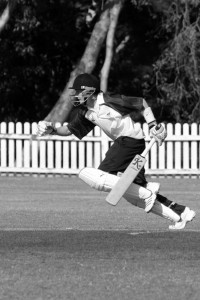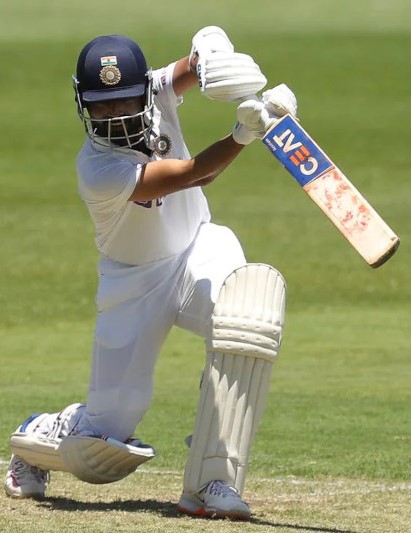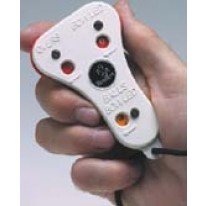The importance of good fielding

There is no place in modern cricket for a poor or lazy fielder. Fielding can be a hardship for a hard-working pace bowler on occasions, but there is no excuse for a lack of interest and enjoyment from the remainder.
Three-quarters of all the active playing time you spend on the cricket field will be spent fielding. Therefore, it makes sense to spend at least as much time practising fielding as it does batting and bowling. If you do not enjoy fielding then you may as well give up the game at once and try some other sport.
More progress has been made in the science and standard of fielding than in any other areas of the game in the last twenty years. When a batter meets a team that moves in briskly with the bowler, always moves quickly to the ball, throws accurately, and refuses to surrender easy singles or boundaries, he knows he is in for a hard day.
You will be part of a team unit dedicated to the dismissal of the batsmen. You will be able to throw yourself wholeheartedly into a worthwhile mental and physical activity to the very best of your ability. Each fielder wants the ball to come to him; he wants to be involved as much as possible rather than being idle.
If you are a non-bowling batter and have failed to contribute to the team total with the bat, make your contribution by denying the opposition as many runs as you can.
The part you play
Throughout your playing career, you will spend more time fielding than batting and bowling combined. Therefore, making yourself the best fielder you can be, will not only increase your personal enjoyment of the game but will make you a more valuable team member. Remember that saving 20 runs in the field through your enthusiastic and athletic fielding is equal to scoring 20 with the bat.
You will get immense satisfaction from sprinting around the boundary to save a certain four, then after the save, with a fast flat throwback to the stumps. Likewise, diving save in the covers which save not only a certain boundary, but results in a run-out of a key batter, may be worth more to the team cause than any runs made or wickets you may have taken in the match to that point.
There is an old saying in cricket, as true today as when it was first uttered – “catches win matches”. Teams that do not drop any catches in an innings very rarely lose the match. The message here then is to practise your fielding as much as you practise your batting and bowling. Do not neglect this essential skill.
Be ready to field anywhere
As you are just starting your cricket career, do not be in a hurry to specialise. Try out all the positions before you and your coach agree on your best position.
What is your best fielding position?
Close catching: I have quick reflexes, good catching skills and an ability to concentrate for long periods. I have a calm temperament and do not seek the limelight.
Infielder: I have a good turn of speed, agility, aggression, and accurate throwing arm and good hands.
Outfielder: I have a strong throwing arm and good speed. I am confident in dealing with high catches








